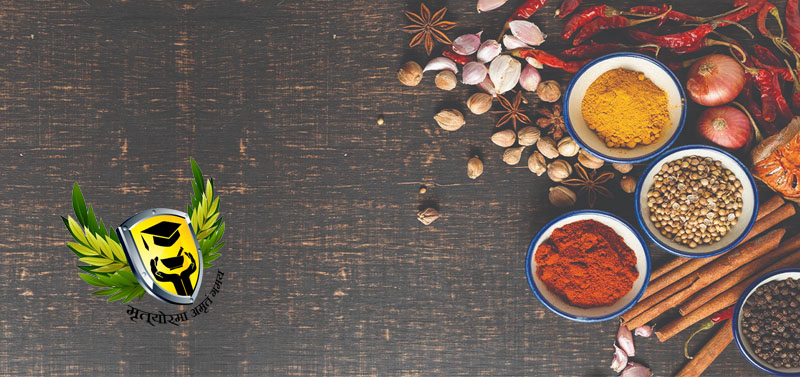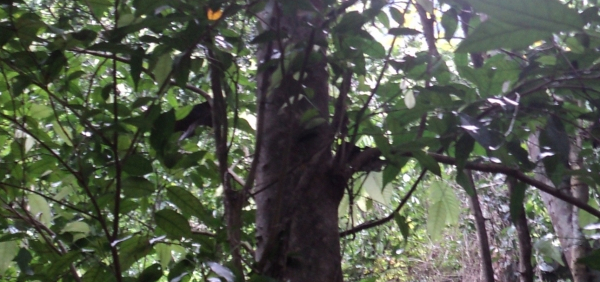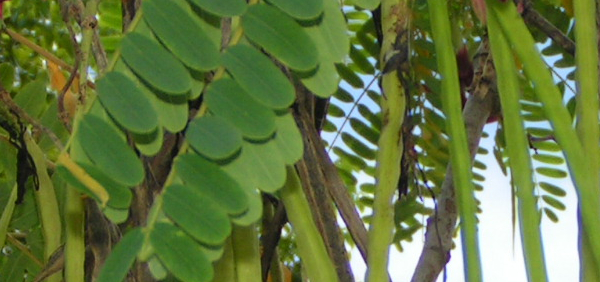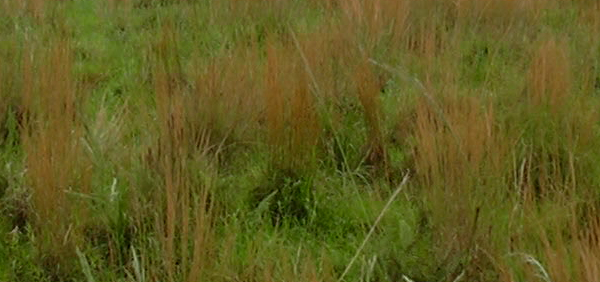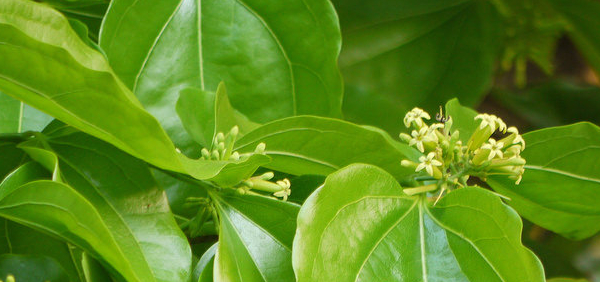shpriparna :
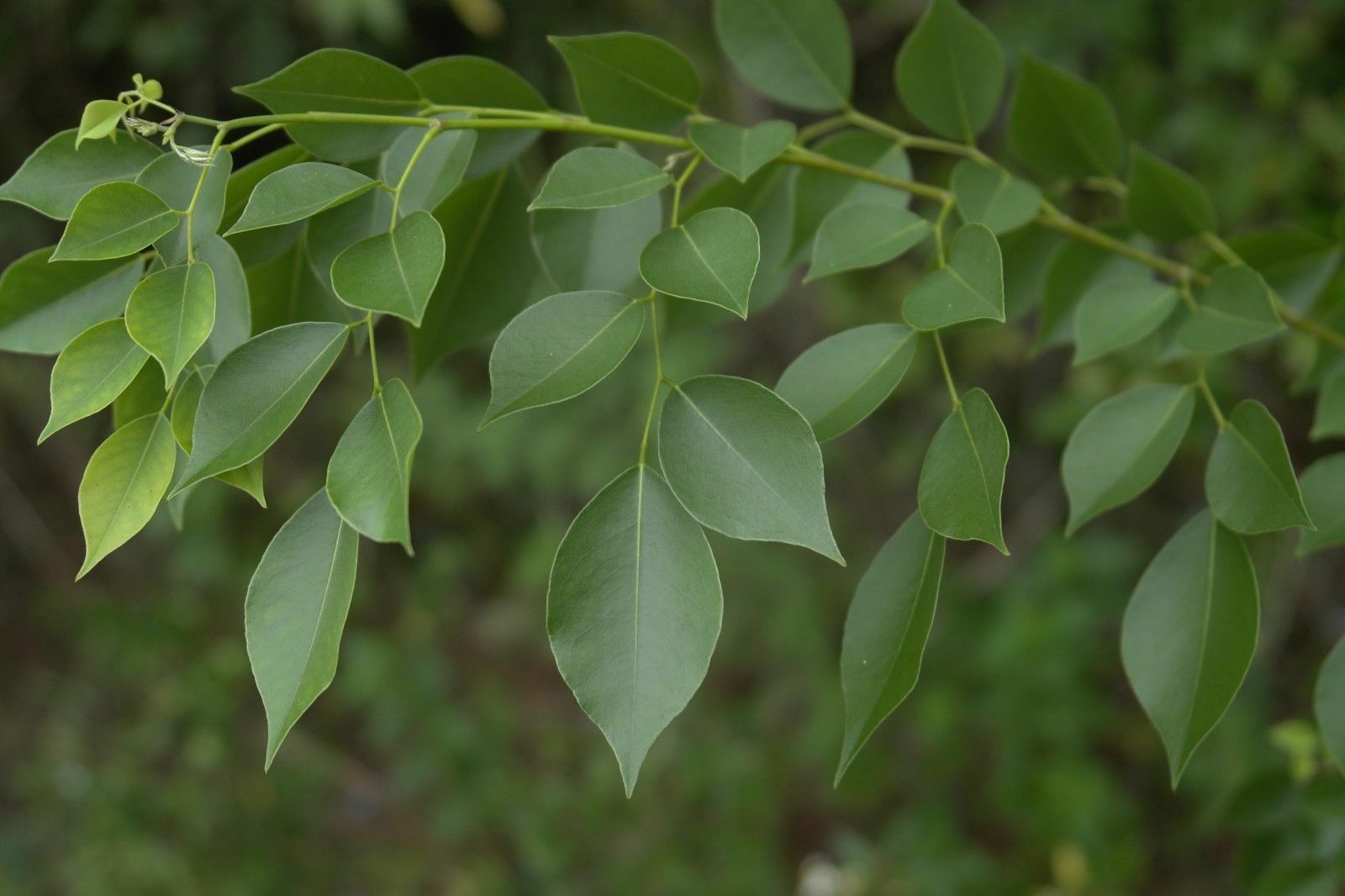 shriparna or simsapa consists of dried stem bark of Dalbergia sissoo Roxb. (Fam. Fabaceae);
a medium sized, deciduous tree, found in Western Himalayas upto 1220 m altitude, and
from Sikkim to upper Assam, and extensively planted throughout the country.
shriparna or simsapa consists of dried stem bark of Dalbergia sissoo Roxb. (Fam. Fabaceae);
a medium sized, deciduous tree, found in Western Himalayas upto 1220 m altitude, and
from Sikkim to upper Assam, and extensively planted throughout the country. HISTORICAL AND MYTHOLOGICAL REVIEW:
Taxonomical Classification
Kingdom: Plantae - Plants
Division: Magnoliophyta - Flowering plants
Class: Magnoliopsida - Dicotyledons
Order: Fabales
Family: Fabaceae
Genus: Dalbergia
Species: Dalbergia sissoo Roxb.
Allied species:
Classical Categorization- Charaka - Kashaya Skandha
- SUsrutha - Salasaradi, Mushkakadi
- Vagbhata- ASANADI, MUSHKAKADI
- Kaiyadeva nighantu - Oshadhi varga
- Dhanvantari nighantu - Amradi
- Raja nighantu - Prabhadradi
- Bhavaprakasha nighantu - Vadadi
VERNACULAR NAMES
Sanskrit: krishna sara, shyama, shimshipaEnglish: black wood, rose wood , Indian rosewood, East Indian rosewood, dalbergia, Himalaya raintree, Indian dalbergia, penny leaf tree, penny-leaf tree, shisham, sisso, sissoo
Hindi: seesam
Urdu: Sheesham
Telugu: Irugudu, Virugudu, Sissoo
Bengali: shishu
Marathi: Sisu, Shisav
Konkani: सीसो Siso
Oriya: Sisu, Sinsapa
Gujarathi: Siram
Tamil: Irupoolai
Malayalam: irupoola
Kannada: eragundimavu, bindi
Punjabi: Sheesham
Arabic: Dalbergia, Sissoo
Spanish: Sisu
Assamese: শিশু, শিংশপা alt.সিঙ্খপা ,
Japanese: ツルサイカチ属のsissoo Tsurusaikachizoku no sissoo
Chinese: 黄檀 Huáng tán
French: ébénier juane
German: ostindisches Rosenholz
Burma: dalbergia sissoo
Nepal: Sissau, Sisham
Persian: جگ
Sinhalese: bambara wel
Greek: δέντρο sissoo
Varities:
As per Raja Nighantu- Krushna - black
- Shweta - White
- Kapila - grey
Definition
Synonyms
Synonyms in Ayurveda: shriparna, rajatari , shimshipa, vruttapatra, mandala patra, bhasmagarbha, krishna sara, picchilaVrutta patra , Mandala Patrika - circular leaves
Rasa: Kashaya Katu Tikta
Guna: Laghu Ruksha
Veerya: Ushna
Vipaka: Katu
Karma: Kaphahara Pittahara Vatahara
Sissoo is also a medicinal tree. In Ayurveda, it is used for treatment of a variety of diseases. The wood and bark of Sissoo have abortifacient, anthelmintic, antipyretic, aphrodisiac, expectorant and refrigerant properties. Even in Africa, this tree is used for treatment of wounds and gonorrhea.
Cultivation:
Propogation:
Harvesting:
Phytochemistry:
Flavonoids.PHARMACOLOGY:
IMPORTANT FORMULATIONS -- Narasimhaghrta Rasayana
- ayaskriti
- Mahahadira ghrita
Parts used for medicinal purpose
Bark, Heart wood (Kanda Sara), ,Dosage:
- 3-6 g. of the drug in powder form
- 50-100 ml of the drug for decoction
Commercial value:
Shisham is best known internationally as a premier timber species of the rosewood genus. However, Shisham is also an important fuel wood, shade, and shelter. With its multiple products, tolerance of light frosts and long dry seasons, this species deserves greater consideration for tree farming, reforestation and agro forestry applications. After teak, it is the most important cultivated timber tree in India, planted on roadsides, and as a shade tree for tea plantations.Morphology:
Shisham is a medium to large deciduous tree, native to India, with a light crown which reproduces by seeds and suckers. It can grow up to a maximum of 25 m in height and 2 to 3 m in diameter, but is usually smaller. Trunks are often crooked when grown in the open. Leaves are leathery, alternate, pinnately compound and about 15 cm long. Flowers are whitish to pink, fragrant, nearly sessile, up to 1.5 cm long and in dense clusters 5-10 cm in length. Pods are oblong, flat, thin, strap-like 4-8 cm long, 1 cm wide, and light brown. They contain 1-5 flat bean-shaped seeds 8-10 mm long. They have a long taproot and numerous surface roots which produce suckers. It is primarily found growing along river banks below 900 m elevation, but can range naturally up to 1300 m. Shisham is best known internationally as a premier timber species of the rosewood genus. However, Shisham is also an important fuel wood, shade, and shelter. With its multiple products, tolerance of light frosts and long dry seasons, this species deserves greater consideration for tree farming, reforestation and agro forestry applications. After teak, it is the most important cultivated timber tree in India, planted on roadsides, and as a shade tree for tea plantations.Histology:
Heart wood shows well developed xylem, consisting of usual elements, vessels simple pitted, solitary or 2-3 in groups, arranged in radial rings, a few contain reddishbrown content; parenchyma thick walled and paratracheal; medullary rays 1-3 cells wide; fibres abundant in numbers and present in groups alternating with the bands of xylem parenchyma.Geographical distribution:
Native to the Indian Sub-continent, Myanmar and possibly also neighbouring countries.ECOLOGICAL ASPECT:
This species has a symbiotic relationship with certain soil bacteria, these bacteria form nodules on the roots and fix atmospheric nitrogen. Some of this nitrogen is utilized by the growing plant but some can also be used by other plants growing nearbyPlant conservation:
Although Sissoo is not evaluated on the IUCN Red List of Threatened Species, it is listed on CITES appendix II under the genus-wide restriction on all Dalbergia species—which also includes finished products made of the wood.General Use:
In Ayurveda, various parts of Shisam tree are used for treating a variety of diseases. The leaves are used for eye pain, swelling, painful urination, gynaecological disorders etc. Leaves and bark are used as astringent in bleeding disorders. The paste of leaves mixed with sweet oil is used topically in skin excoriation (scrapping, abrading of skin).Therapeutic Uses:
Kushta, Svitra, Krimi, Bastiroga , Dusta Vrana, Daha, Kandu, Hikka, shopha, Visarpa, PeenasaSystemic Use:
Administration:
- leaf juice
- dried bark powder
- leaf paste
Pharmacological:
Precautions:
Sissoo tree leaves wood and bark have abortifacient property, which means abortion causing. Therefore it must not be used during pregnancy. The leaves and bark are ant-diabetic in action so they may lower the blood sugar level.Toxicity studies:
Although Sissoo is usually considered to be less allergenic than other rosewoods in the Dalbergia genus, it has still been reported to cause skin irritation.CONCLUSION:
KEY WORDS: Dalbergia sissoo Roxb.
- » Classification and names of shpriparna
- » Synonyms and definitions of shpriparna
- » Drug Properties of shpriparna
- » Chemical Constituents of shpriparna
- » Standardization of shpriparna
- » Parts used and Dosage of shpriparna
- » Morphology and Histology of shpriparna
- » Distribution and Conservation of shpriparna
- » Cultivation of shpriparna
- » shpriparna in the market
- » Medicinal Uses of shpriparna
- » Researches and clinical trails of shpriparna
- » shpriparna in other sytems of medicine
- » Ayurvedic formulations with shpriparna
- » Images of shpriparna


